What Is Air Bending for Bending Aluminum?
What is air bending on a press brake? Air bending is a process that uses a press brake to create an angle in a flat sheet of metal, particularly for bending aluminum, utilizing air pressure instead of dies or tooling. It’s only the punch tip and the die edges touching the metal for less contact with the material being bent. The angle of the bend depends on how deeply the punch pushes the workpiece into the die. The air bends have the benefits of allowing for greater flexibility and the possibility to create unique, customized bends.
Material
What material of air bending is suitable for low-strength metals, such as bending aluminum sheet metal or stainless steel? Aluminum bending is ideal for air bending due to its light and plasticity. Although stainless steel is harder than bending aluminum sheets, it can still be effectively processed. Both carbon steel and mild steel are suitable for air bending sheet metal with appropriate thickness and solidity.
Press brake Air bending and bottom bending are common in all bending styles during sheet metal fabrication.
Air Bending
What is air bending sheet metal aluminum on press brake machines? In the air bending process, a punch applies pressure to the sheet metal part in the die cavity. the metal part doesn’t touch the die bottom of a press brake.
The quality air bends are easy to use as you don’t need to change tools. However, air bends have limitations compared to other metal bends. Its max bend radius is much larger than other forms of metal bending. Therefore, air bending is most suitable for relatively shallow bends and large radius curves.
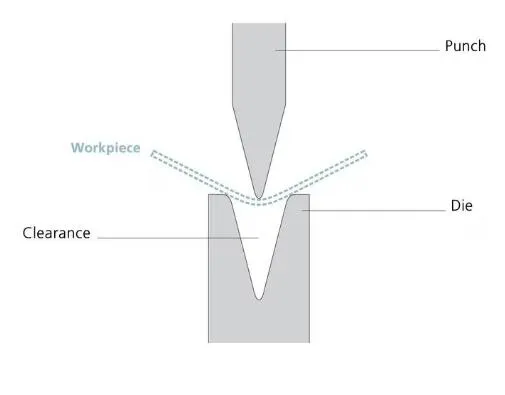
Bottom Bending
Bottom bending is a press brake operation to create precise angles in sheet metal by enclosing the sheet between the punch and the die. The material is forced almost to the bottom of the die, with the metal touching the sides of the die down.

How Accurate Is sheet metal air Bends?
Quality Air bend or air bender can achieve an accuracy of +0.75°. However, if a more accurate process is required, bottom bending may be required with a firm angle and bend radius. bottoming bends can achieve + 0.25 – 0.5°.
Air Bending vs. bottom Bending Sheet metal

What is the difference between air bending and bottoming on a metal brake press? Air bending sheet metal is a less accurate technique require that is easy to springback.
| COMPARISON | AIR BENDS | BOTTOM BENDS |
| Accuracy & Precision | 1. A greater level of inaccuracy and variation between pieces. | 1. Ensures reliable, accurate bends in sheet metal. |
| 2. Springback is more prevalent, requiring overbending. | 2. Ideal for precise parts and consistent bend angles. | |
| 3. Not well suited for parts requiring highly accurate bend angles. | 3. Less spring back. More accurate angles than air bending. | |
| Working Speed | 1. Faster than bottom bending. | 1. Slower due to full pressing into the die. |
| 2. Airbending abilities for most material types and thicknesses. | 2. The process is slower | |
| 3. Less pressure is required for the bend. | ||
| Flexibility & Cost | 1. No retooling changing is needed for different bend angles. | 1. A unique tool is required for different bend angles |
| 2. Less contact with tooling results in less surface damage. | 2. Requires more pressure on the press brake than air bending. | |
| 3. Using older press brake equipment often results in inaccurate bends. | 3. Contact with punch and die can leave tooling marks on the part. | |
| 4. More control over bend angle during bending. | 4. Older, inaccurate presses can be used. |
What are the advantages of air bending aluminum sheets?
While the angle is more difficult to control and there is much more springback to compensate for than other methods, airbending is a very flexible procedure that is preferred by metal fabricators. The air bending process offers several advantages, which include:
- 1 set of tooling can create different bend angles
- Saving time and expense in production
- Can bend a wide range of materials and thicknesses.
- Low pressure is required for the bend.
- Minimized surface damage due to reduced contact points with tooling.
- Fewer maintenance issues.
Tips for bending aluminum sheets:
1. Bend radius
The bend radius should be 3–5 times the thickness of the aluminum sheet. A smaller bend radius increases the chance of cracking.
2. Bend line
The bend line should run diagonally or across the material’s grain for fewer cracks.
3. Aluminum grade
Some aluminum grades bend more easily than others. For example, 3003 and 5052 aluminum alloys bend well, but 6061 aluminum is more difficult to bend.
4. Annealing
Softening aluminum with heat annealing can make bending aluminum easier. You can use a blowtorch or an annealing oven.
4. Heating
To avoid overheating, you can use black carbon soot to make the aluminum malleable enough to bend.


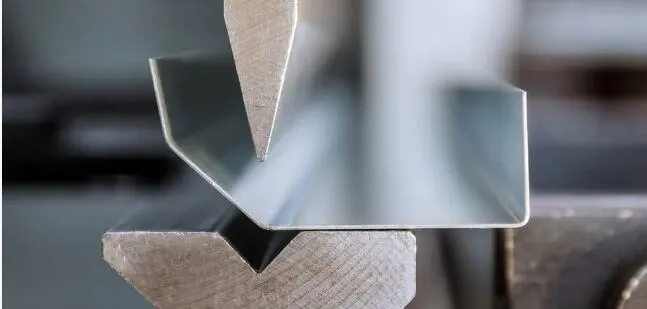

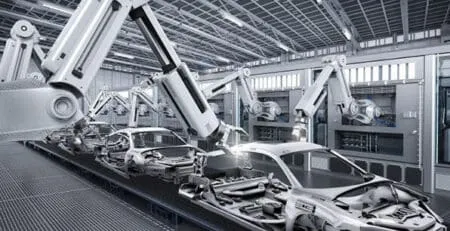
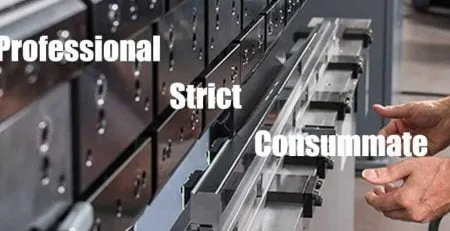
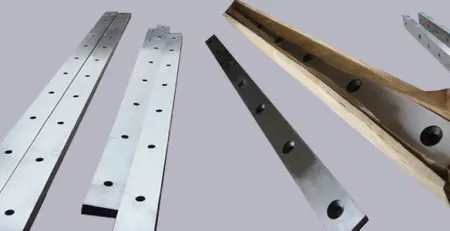

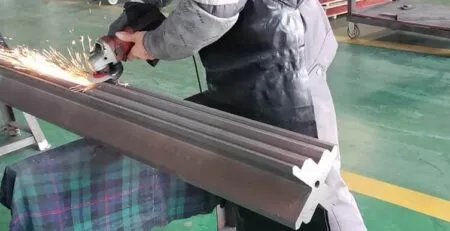
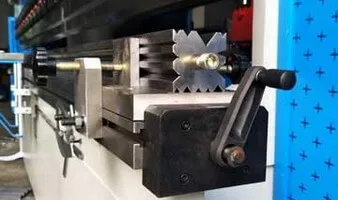
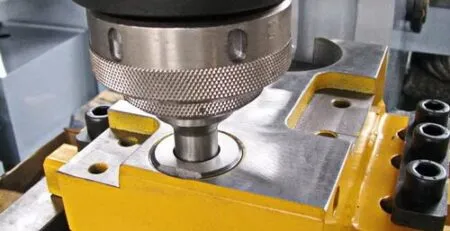
Comment (1)
[…] Aluminum bending is significant in industrial applications due to its lightweight and durable characteristics. Aluminum bending and cutting are widely used in metal manufacturing. The aluminum sheet metal is easy to break after bending, or it will crack after anodizing bending. This article will tell you how to bend aluminum sheet Metal correctly. […]